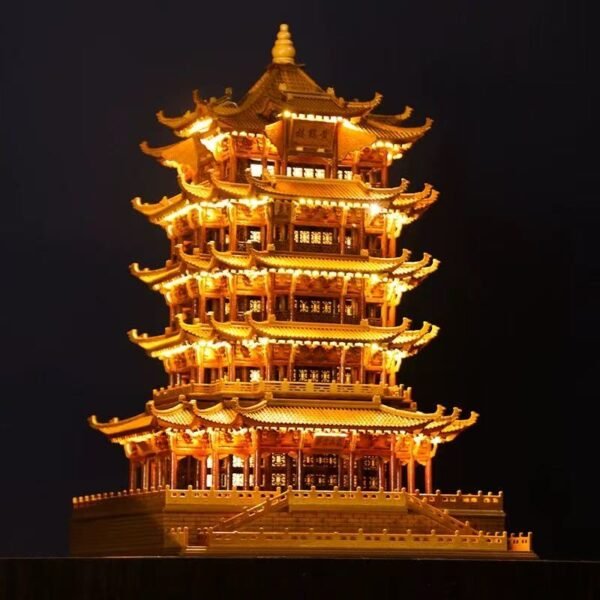Luojia Wood Carving (Luojia Mudiao, 珞珈木雕) is a distinctive traditional craft originating from Wuhan, the capital city of Hubei Province, China. Named after Luojia Mountain, a scenic and cultural landmark on the campus of Wuhan University, this wood carving art form reflects the region’s rich history, academic spirit, and artistic elegance.
1. Cultural and Historical Background
Luojia wood carving draws inspiration from classical Chinese art, architecture, calligraphy, and nature, especially from the scholarly traditions of Wuhan University and the surrounding region. Though a relatively modern interpretation of traditional Chinese woodcarving, it carries forward the legacy of Chinese craftsmanship with a literary and intellectual touch.
2. Artistic Features
•Themes: Often centered around landscapes, famous buildings, traditional Chinese poems, historical figures, and natural elements like pine trees, cranes, and mountains.
•Design: Combines deep relief carving and delicate engraving, creating artworks that are both bold and refined.
•Style: Luojia wood carving emphasizes elegance, balance, and symbolism, echoing the cultural spirit of Wuhan University and traditional Chinese aesthetics.
3. Craftsmanship & Techniques
Skilled artisans use high-quality woods such as camphor, rosewood, or nanmu, known for their durability and natural beauty. Techniques include:
•Hand-carving with fine chisels
•Layered relief for depth
•Polishing and finishing by hand
The process can take days to months, depending on the size and detail of the work.
4. Modern Significance
Luojia wood carving is not only a regional cultural symbol but also a bridge between traditional art and modern academic culture. It is commonly used in:
•Cultural souvenirs
•Decorative art pieces
•University gifts and awards
It is a proud expression of Wuhan’s cultural identity and artistic innovation.





评价
目前还没有评价